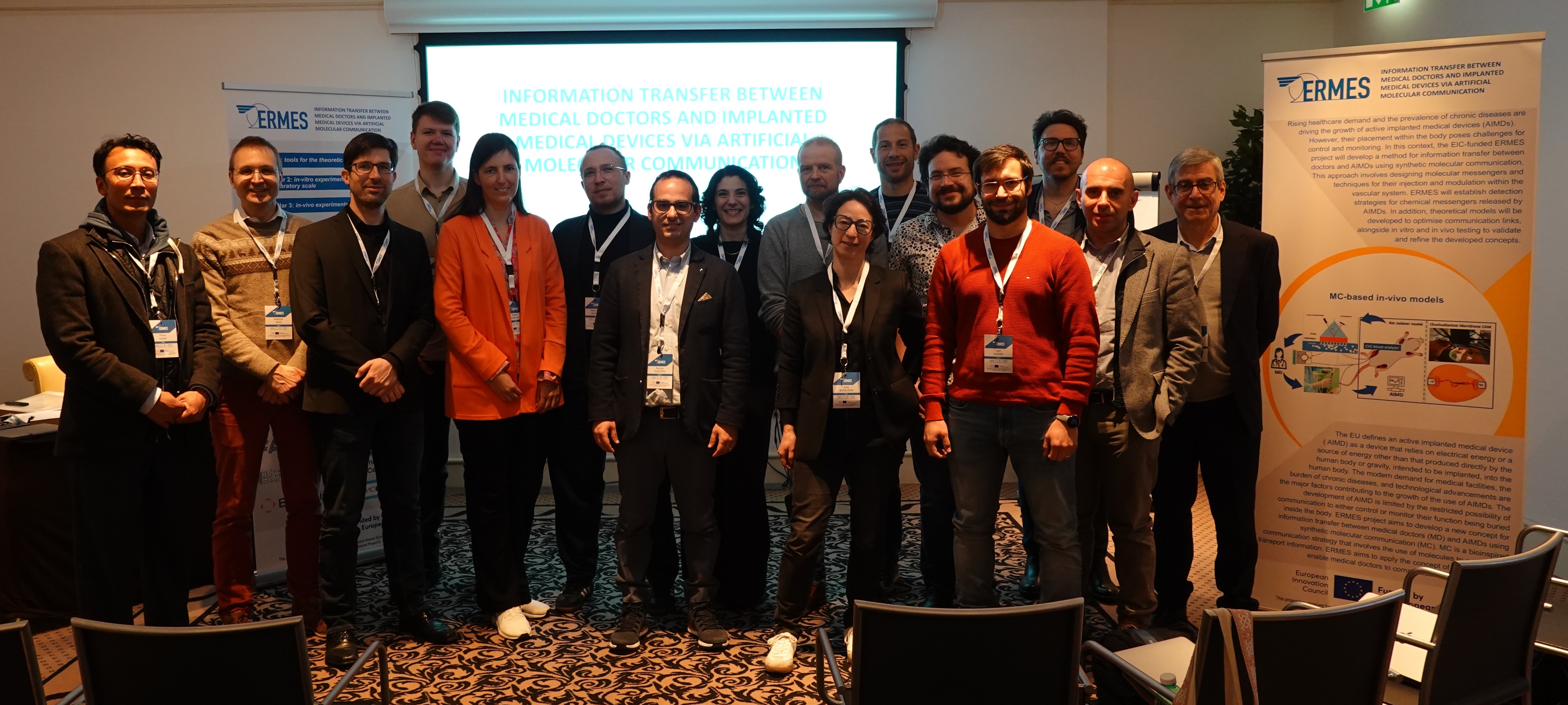Day 1: Setting the Foundation
Welcome and Introduction
Prof. Dr. Giovanni Li Destri, Deputy Director of Chemical Sciences at UNICT, welcomed all partners, emphasizing the significance of collaboration in advancing chemical sciences and molecular communication technologies. This set the tone for the discussions that followed.
Project Overview by Nunzio Tuccitto
Nunzio Tuccitto, the Project Coordinator, outlined the core objectives of ERMES and its expected impact, marking the official start of this collaborative initiative. The Consortium Agreement was distributed to all project partners, cementing the partnership.
Pillar 1: Tools for Theoretical Conception
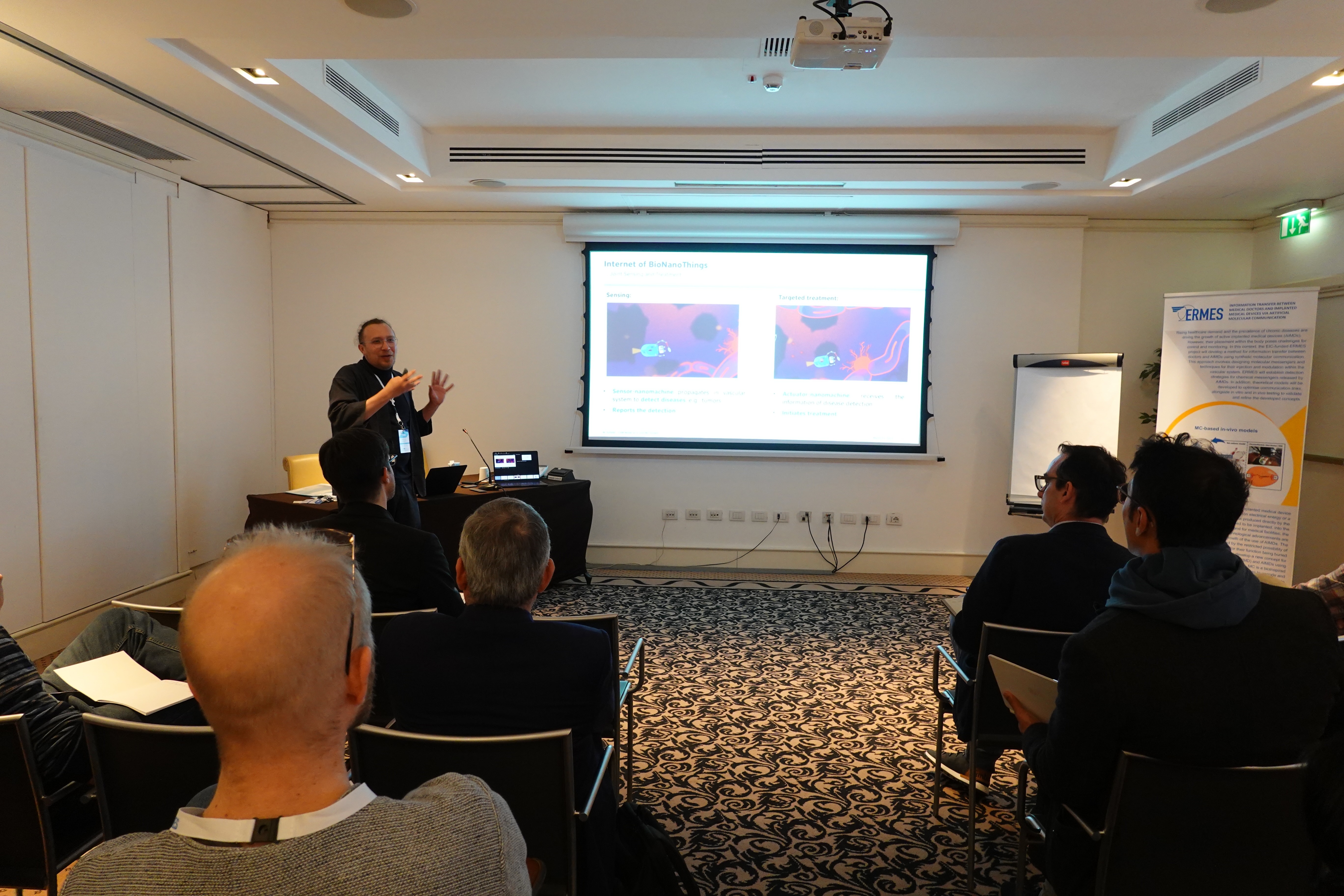
Maximilian Schäfer (FAU) provided an insightful presentation on the theoretical tools being developed for the project. These tools aim to integrate theoretical models with experimental data, helping to push forward the scientific goals of ERMES.
Pillar 2: In-vitro Experimental Systems
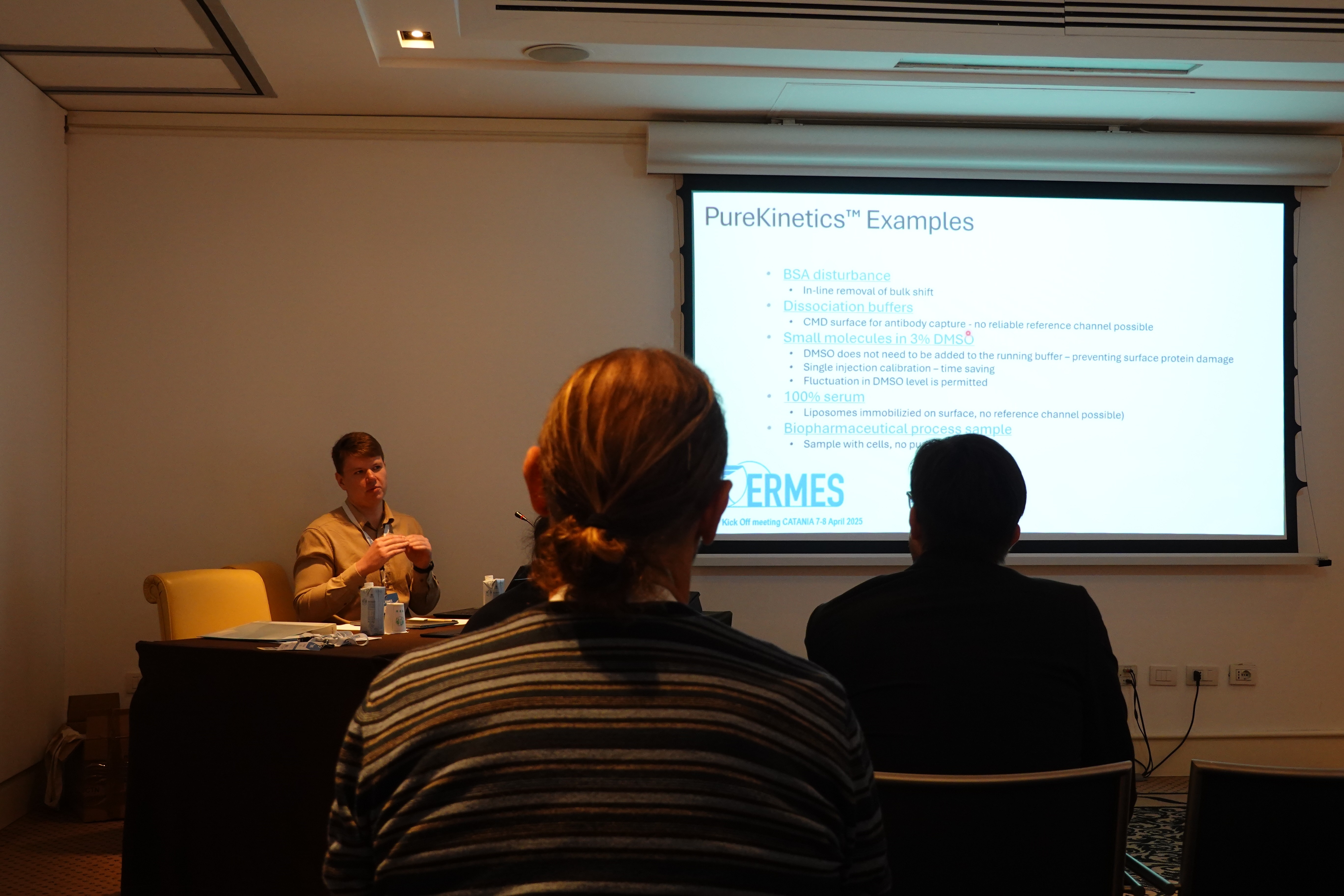
Justas Svirelis (Bionavis) introduced the Surface Plasmon Resonance (SPR) technique, explaining its role in real-time molecular interaction detection, crucial for validating the theoretical models developed in Pillar 1.
Joint Talk by Alan Morin and Julia Sepulveda (MIC)
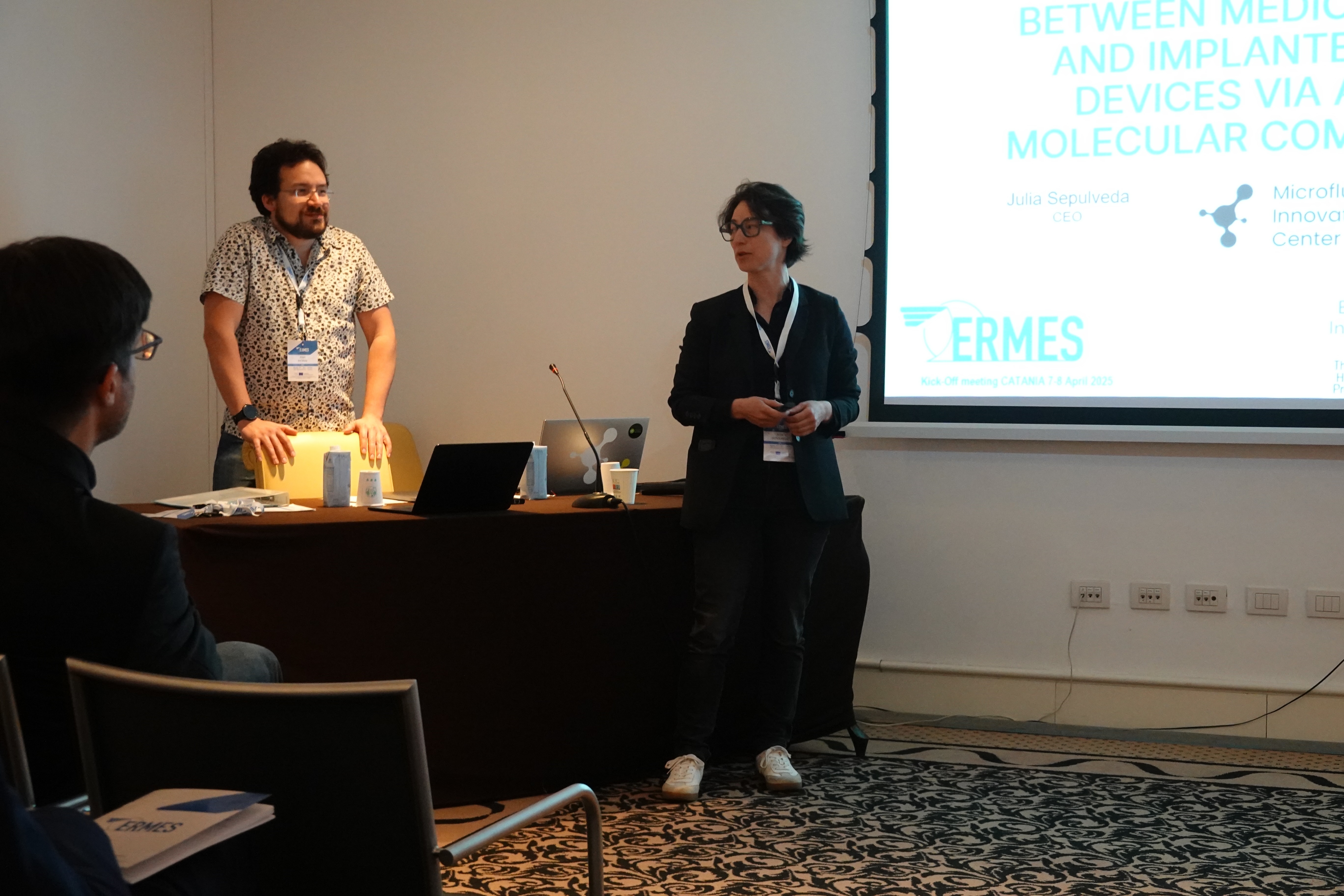
Morin and Sepulveda from MIC provided insights into the pressure control system that will regulate experimental conditions, ensuring precise control in laboratory experiments.
WP2: Communication, Dissemination, and Exploitation
Innolabs discussed the importance of communication and dissemination strategies for ensuring the project's results reach both scientific and non-scientific communities. Effective outreach will be critical to the project’s success.
Round Table on Scientific Challenges
Nunzio Tuccitto chaired a round table discussion, addressing key scientific challenges, including scalability of molecular communication systems and the experimental validation process.
Social Dinner
The evening closed with a social dinner, providing an excellent opportunity for informal discussions and networking among the partners.
Day 2: In-Vivo Systems and Trusted Communication
The second day of the meeting began with exciting presentations on in-vivo experimental systems and the development of trusted communication protocols.
Pillar 3: In-vivo Experimental Systems
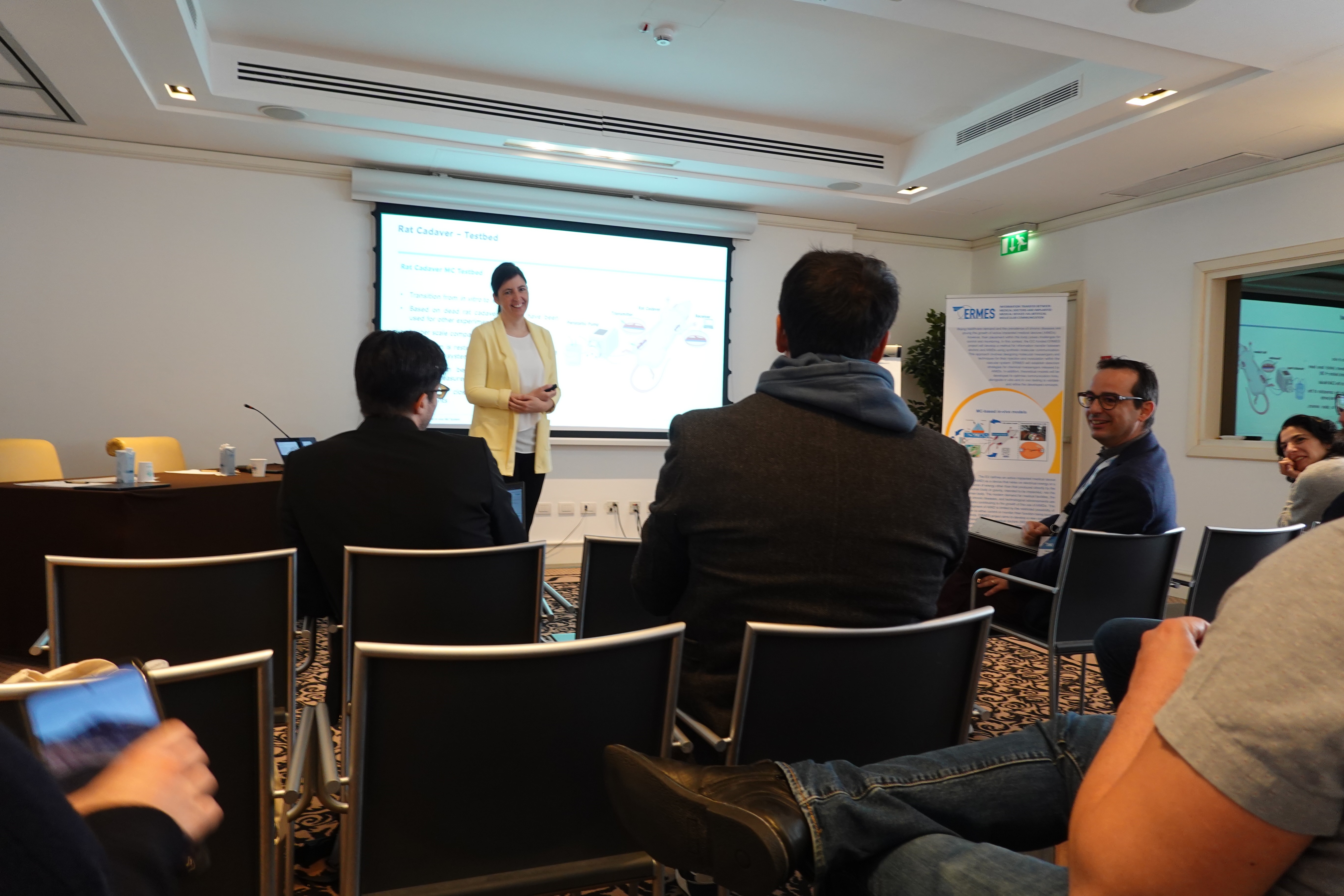
Silke Härteis (UREG) and Thiha Aung (DIT) introduced the rat cadaver and egg in-vivo models. These models will be instrumental in studying molecular communication in living systems.
Maximilian Schäfer (FAU) elaborated on how these in-vivo systems complement theoretical modeling, helping bridge the gap between theory and real-world applications.
Pillar 4: Trusted Communication
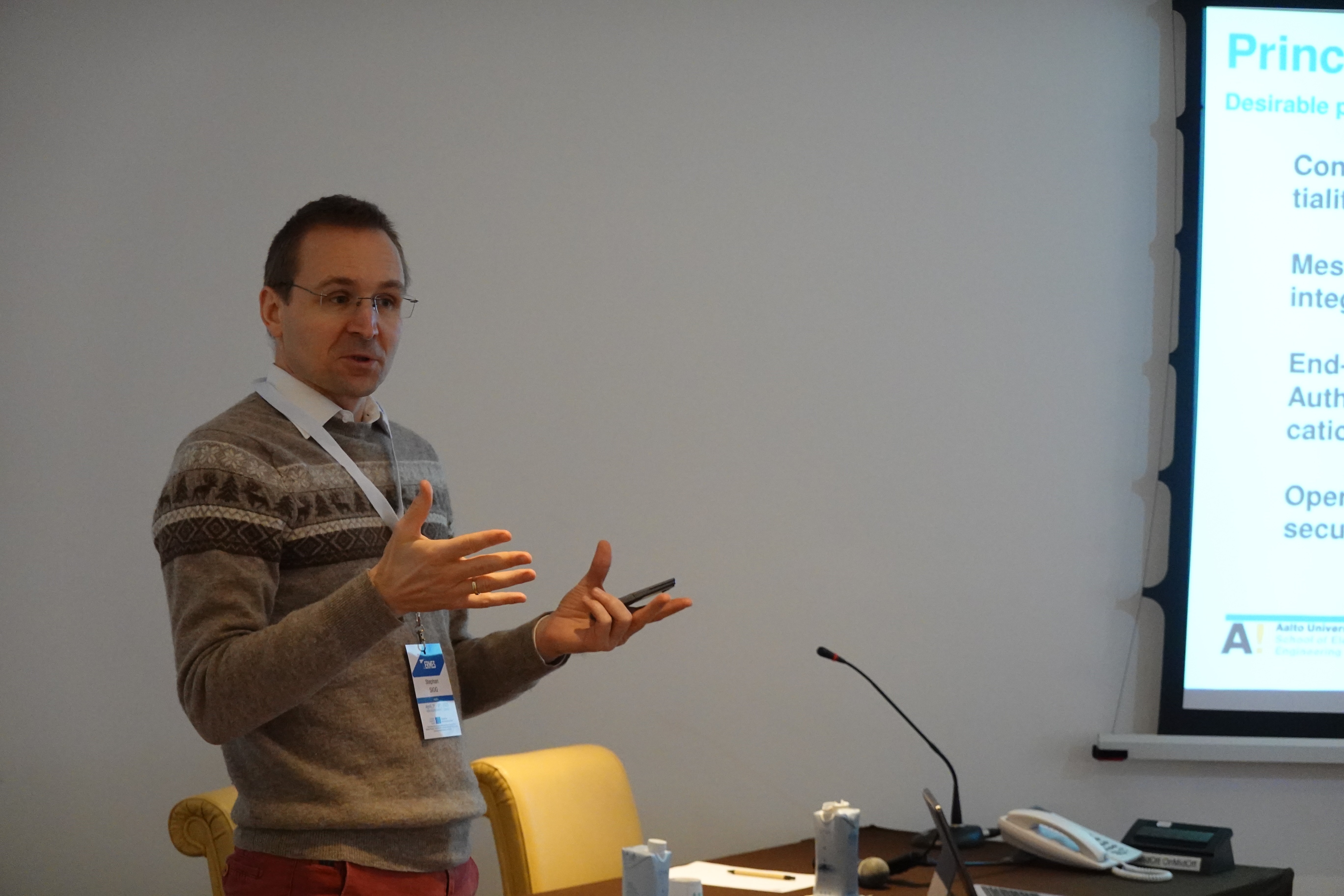
Stephan Sigg (AALTO) presented the work being done on trusted communication, emphasizing the importance of secure, reliable protocols to ensure accurate data exchange between experimental systems.
Discussion on Ethics and Molecular Communication
Jens Kirchner (FAU) led a thought-provoking discussion on the ethical implications of molecular communication technologies. Topics included privacy concerns and the ethical use of biological systems in research.
Wrapping Up
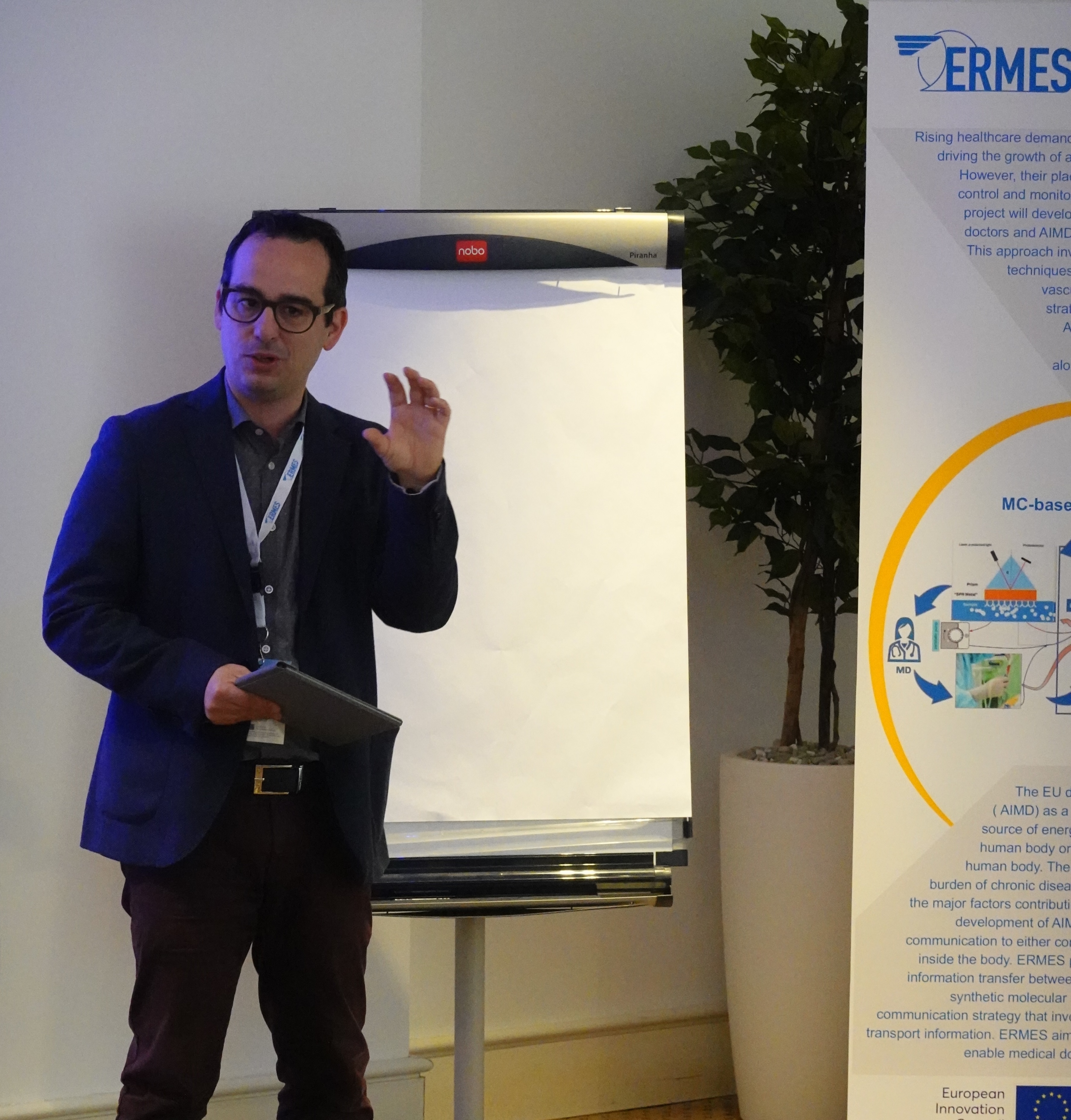
Nunzio Tuccitto concluded Day 2 with a talk on project coordination. He outlined key deliverables and deadlines, empowering WP leaders to guide their respective teams towards the project’s success.
The kick-off meeting ended with a final review of the project’s next steps. The ERMES team is now ready to embark on a journey that will push the boundaries of molecular communication and biomedical technology.
Stay tuned for more updates as ERMES progresses!
